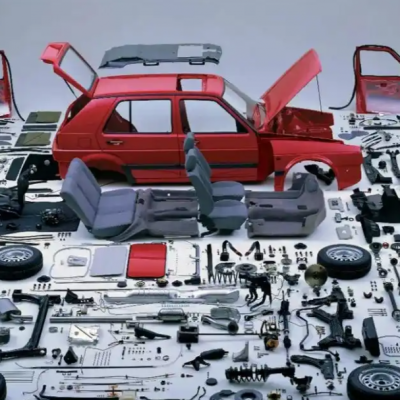Common Car Maintenance Mistakes That Could Be Damaging Your Vehicle
Proper vehicle maintenance is crucial for ensuring longevity and optimal performance. However, some widely practiced methods may inadvertently harm your car. Let’s delve into some common misconceptions and the correct practices to adopt.
Table of Contents
Toggle1. Removing the Engine Thermostat Without Proper Diagnosis
Some drivers, upon noticing high engine temperatures, opt to remove the thermostat, believing it will prevent overheating. However, this approach can be detrimental. The thermostat regulates the engine’s temperature by controlling coolant flow. Without it, the coolant circulates continuously, preventing the engine from reaching its optimal operating temperature. This can lead to decreased engine efficiency, increased fuel consumption, and accelerated wear and tear. If overheating persists after replacing a faulty thermostat, it’s essential to inspect other components of the cooling system rather than removing the thermostat altogether.
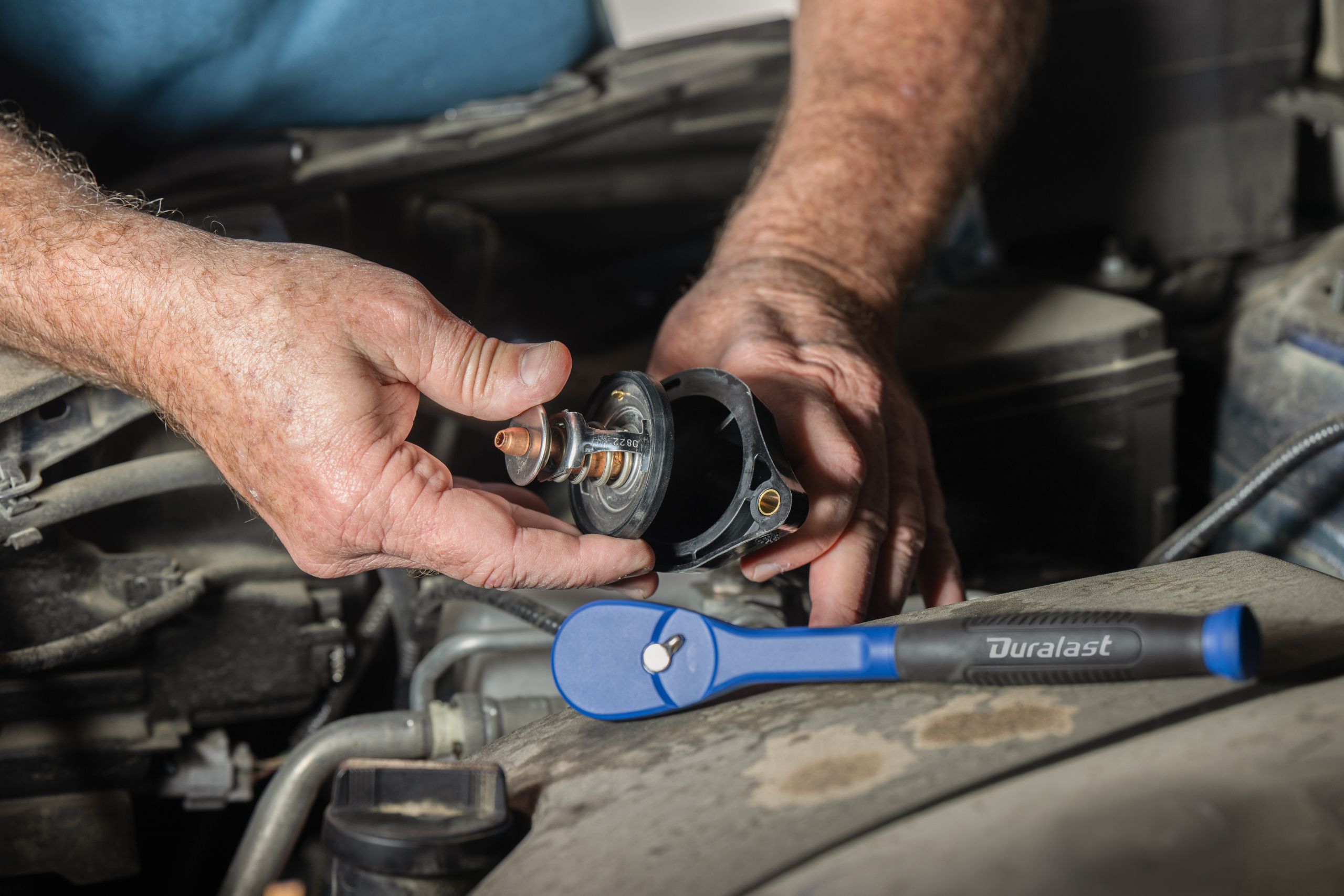
2. Believing Low Engine Temperatures Are Harmless
There’s a misconception that while high engine temperatures are harmful, low temperatures pose no threat. Operating an engine below its optimal temperature can be just as damaging. Cold engines consume more fuel, emit higher levels of pollutants, and experience increased wear due to inadequate lubrication. Ensure your engine operates within the temperature range specified in your vehicle’s manual to maintain efficiency and longevity.
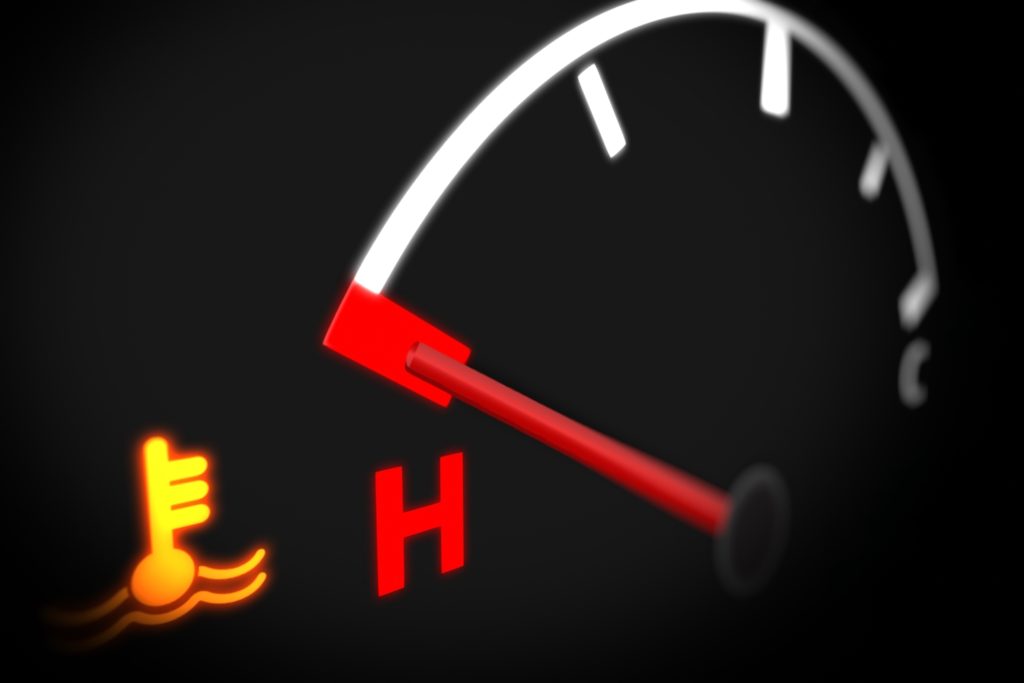
3. Over-Tightening the Water Pump and Fan Belts
Some believe that tightening the fan or water pump belts as much as possible ensures better performance. However, excessively tight belts can strain the components they connect to, such as the alternator, water pump, or power steering pump. This added stress can lead to premature wear, bearing failures, or even component deformation. It’s crucial to adjust belt tension according to the manufacturer’s specifications to ensure optimal performance and longevity.
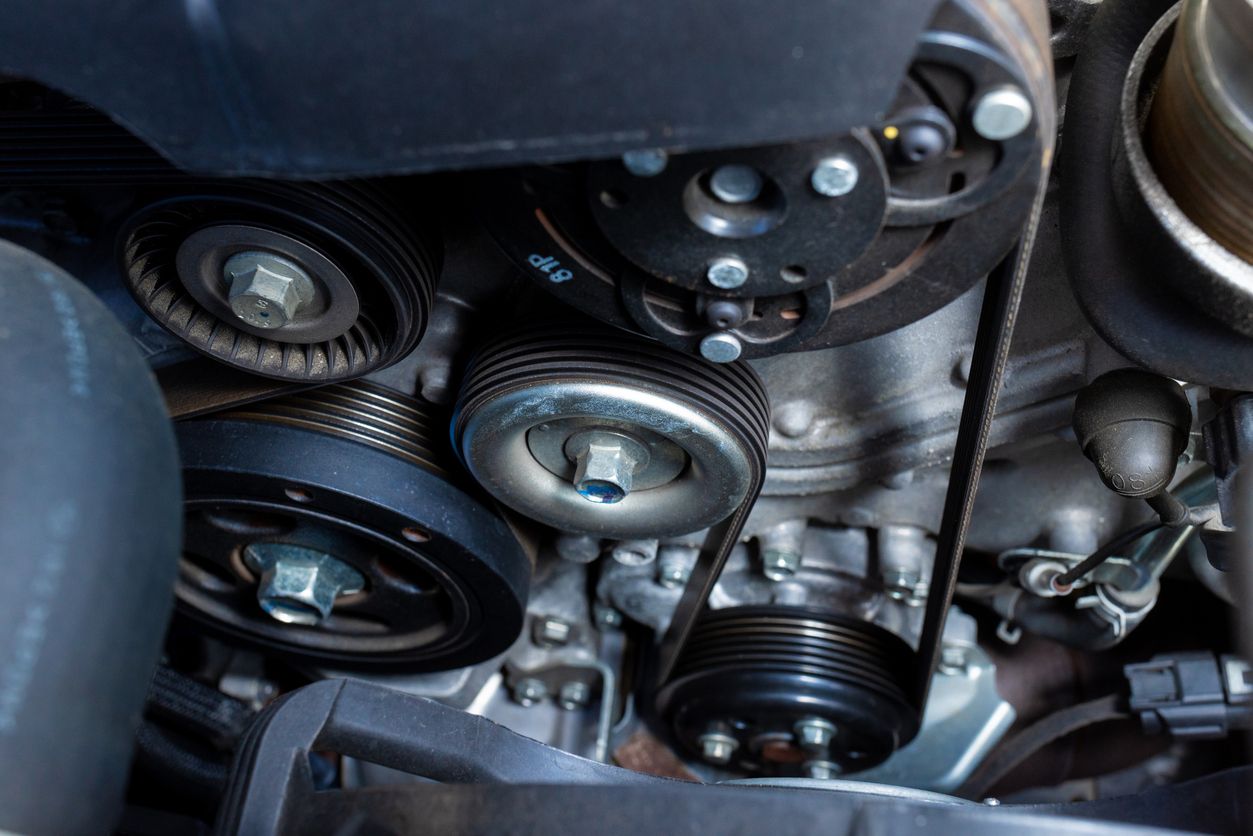
4. Using a Blowtorch to Warm the Oil Pan in Winter
In colder climates, some drivers resort to using a blowtorch to warm the oil pan, aiming to improve engine start-up. This practice is hazardous. Direct heat can degrade the oil’s additives, reduce its lubricating properties, and even cause the oil to ignite, leading to potential fires. Instead, consider using engine block heaters or parking your vehicle in a garage to maintain a suitable temperature. Additionally, using engine oils formulated for low temperatures can aid in cold starts without compromising safety.
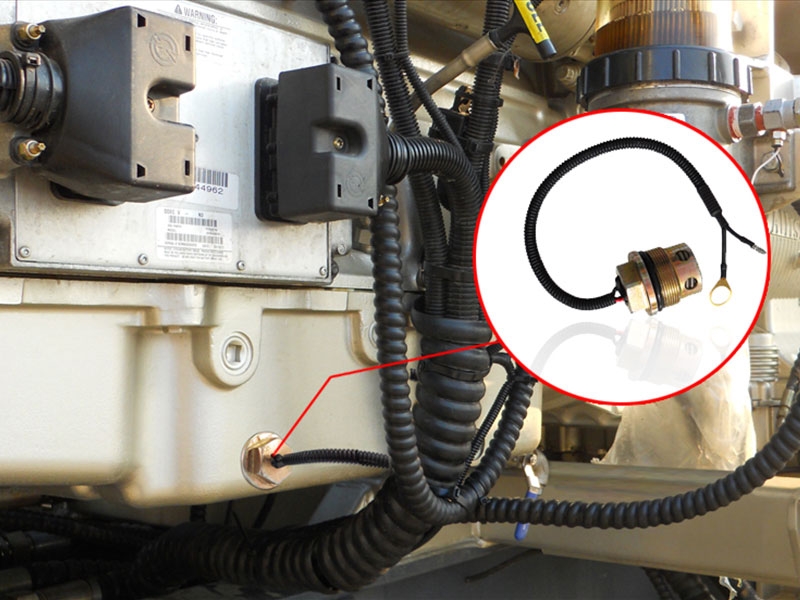
Ensure Optimal Vehicle Performance with [yeahengine]
Avoiding these common mistakes is the first step toward maintaining your vehicle’s health. At [Your Brand Name], we offer a range of high-quality automotive products designed to keep your car running smoothly. Our products are engineered to meet your vehicle’s needs, from premium engine oils suitable for various climates to reliable cooling system components. Explore our offerings today and drive with confidence.



